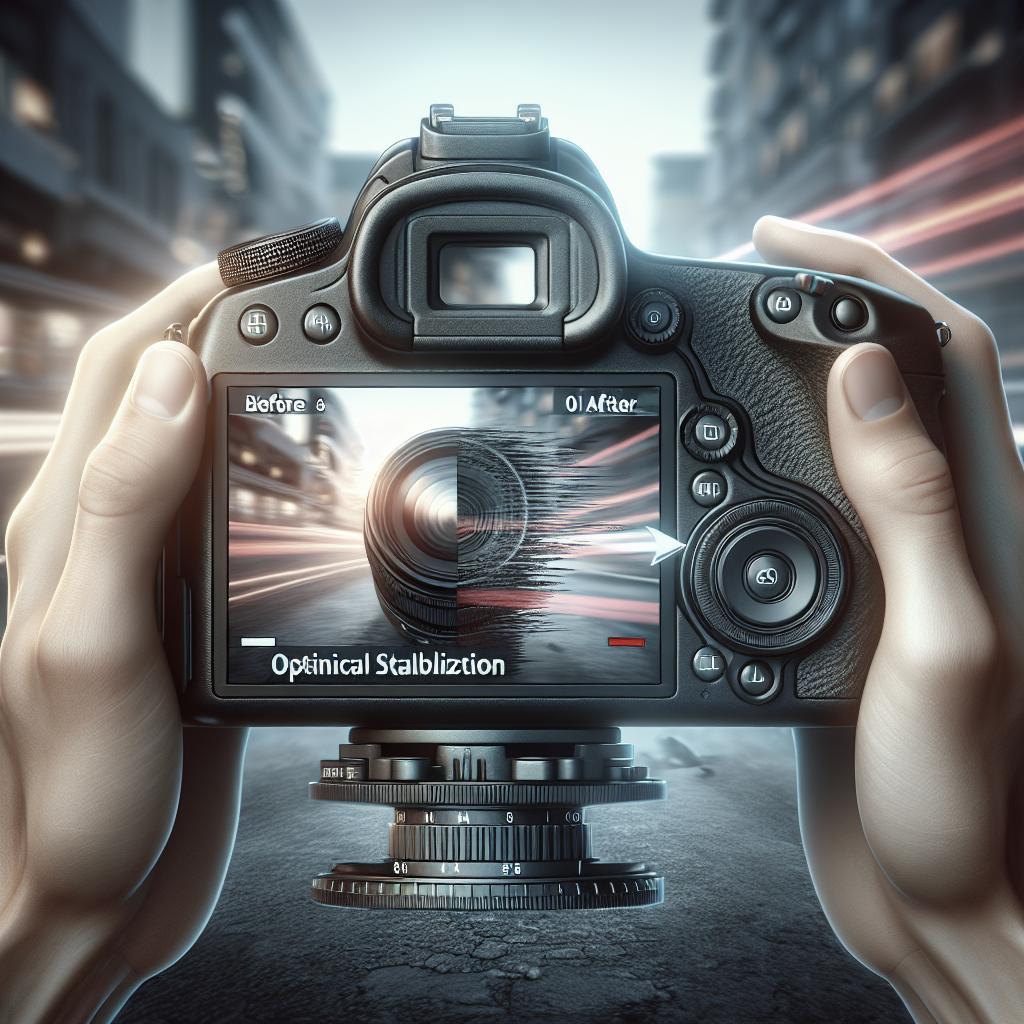“`html
Creating Depth in Video Composition
Creating depth in video composition is an essential skill that enhances visual storytelling. By understanding and applying techniques such as layering, perspective, and focal lengths, filmmakers can produce captivating scenes that draw viewers into the narrative. This guide delves into how these elements are employed and offers practical strategies to master the art of depth in composition. Whether you’re a novice or an experienced filmmaker, exploring these concepts will enrich your cinematography and bring your visual stories to life. Let’s dive into these techniques and see how they can transform your video content with stunning depth and complexity.
Rate this article
In the quest to create depth, one must first understand the concept of layering. Layering is about using foreground, middleground, and background elements to build a three-dimensional appearance in a two-dimensional frame. This technique not only adds depth but also guides the viewer’s eye through the scene, creating a more immersive experience.
To achieve effective layering, place objects at varying distances from the camera. This could be a tree in the foreground, a person in the middleground, and mountains in the background. The interplay of these layers can convey a sense of scale and distance, transporting the viewer into the depicted environment.
Thanks for your feedback
Another powerful tool to create depth is perspective. Linear perspective involves the use of converging lines to give the illusion of depth and distance. This can be seen in shots that incorporate roads, railways, or corridors that seem to converge at a vanishing point. Such compositions invite viewers into the visual journey, adding dynamism to the footage.
Aerial perspective, on the other hand, utilizes atmospheric conditions to create depth. Objects at a distance often appear lighter and less saturated due to haze or fog. Employing this technique can strengthen depth perception and contribute to the mood and tone of your composition.
Tell us more
Focal length and lens choice play a critical role in depth creation. Wide-angle lenses expand the field of view, exaggerating distances between elements, and making scenes appear more spacious. Conversely, telephoto lenses compress space, reducing distance between elements and sometimes flattening the image. Each choice impacts the narrative and emotional feel of a scene.
Experimenting with these lenses helps filmmakers manipulate depth creatively. For instance, a wide-angle lens can be used to emphasize vast outdoor sceneries, while a telephoto might be better for intimate close-ups where depth is minimized to focus on the subject.
More articles on Video Editing
The role of lighting is often understated in discussions about depth. By varying light and shadow, filmmakers can add dimensionality to their scenes. Front lighting can tend to flatten subjects, while side lighting creates contrast and highlights textures, enhancing depth.
Using backlighting can separate subjects from their background, giving a halo effect that increases the perception of depth. Additionally, manipulating the intensity and color of the light can emphasize certain areas, thus directing viewers’ attention and creating a stronger immersive illusion.
Are you sure you want to delete your contribution?
Another practical technique involves using focus and depth of field to enhance depth. A shallow depth of field, with a blurred background and a sharp subject, adds layering and depth to a scene. This technique is often employed to direct the viewer’s attention to the subject while maintaining an aesthetic separation from the surroundings.
Conversely, a deep depth of field keeps most of the composition in focus, making it ideal for wide shots where contextual details are crucial. Mastering the use of aperture settings on your camera can significantly enhance your ability to creatively depict depth in video scenes.
Are you sure you want to delete your reply?
Color contrast is a subtler means of adding depth. Cooler and darker colors can appear to recede, while warmer and brighter ones tend to advance. This principle can be applied in set design, wardrobe, and post-production color grading to draw focus strategically within the frame.
Understanding the interplay of colors in composition requires a creative and nuanced approach. By deliberately contrasting colors, filmmakers guide the viewer’s perception, enhancing the three-dimensional feel of their work.
1
Natural elements like fog, rain, or mist can be leveraged to enhance depth in your video composition. These elements add texture and layers, creating a sense of mystery and intrigue that is often hard to replicate artificially.
Authenticity in video composition is critical, and incorporating such natural elements not only enriches depth but also adds realism to your storytelling.
2
Camera movement is yet another effective tool to emphasize depth. Panning, tilting, and dolly movements introduce dynamic elements that can highlight the spatial relationships within a scene.
These movements can be combined with perspective techniques to create a more engaging and immersive viewer experience, enhancing the depth perception of the audience.
3
Finally, editing plays a crucial role in maintaining or enhancing the depth established during shooting. Techniques such as cross-cutting or overlapping dialogue can add temporal depth and complexity to your narrative.
Color grading and effects applied during post-production like vignettes or blurring also contribute significantly to the perceived depth and mood of your final composition.
| Technique | Description |
|---|---|
| Layering | Using foreground, middleground, and background to create a three-dimensional feel. |
| Perspective | Utilizing linear and aerial perspectives to add distance and dimension. |
| Focal Length and Lenses | Employing wide-angle or telephoto lenses to exaggerate or compress distances. |
| Lighting | Manipulating light and shadow to add dimensionality. |
| Focus and Depth of Field | Using shallow or deep depth of field to control focus layers. |
| Color Contrast | Applying color contrast to advance or recede elements in the scene. |
“`


